AIRCRAFT
Spitfire Mk. VIII HF
SCALE & KIT
1/48, Eduard
MODELER
Kuba Chłodek
HISTORY
The British Supermarine Spitfire was facing several challenges by mid-1942. The debut of the formidable Focke-Wulf Fw 190 in late 1941 had caused problems for RAF fighter squadrons flying the latest Spitfire Mk Vb. Rolls-Royce engineers were already working on a new version of the Merlin incorporating a two-stage supercharger; the combination of the improved Merlin and the Spitfire Mk Vc airframe in a “stop-gap” design allowed the RAF to combat the Fw 190 on equal terms.
Mk VIII
The Mk VIII was an adaptation of the Mk VII without the pressurized cabin and was intended to become the main production model of the Spitfire. When the “interim” Mk IX proved itself to be adequate for the RAF it was decided to use the shadow factory at Castle Bromwich to produce that version only; the Mk VIII Spitfires were all built by Super marine. Apart from the lack of pressurization, the Mk VIII differed little from the Mk VII beyond the reshaped fin and pointed rudder. Some early production models had extended wingtips but the majority were fitted with the standard version; according to Supermarine’s Chief Test pilot Jeffrey Quill “When I am asked which mark of Spitfire I consider the best from the flying point of view, I usually reply ‘The Mark VIII with standard wingtips.’ I hated the extended wingtips…They were of no practical value to the Mark VIII and simply reduced the aileron response and the rate of roll.” There were three sub-variants for low altitude (LF Mk VIII), medium altitude (F Mk VIII) and high altitude (HF Mk VIII) which were powered respectively by the Merlin 66, Merlin 63 and Merlin 70 engines.
The F Mk VIII’s top speed was 408 mph (657 km/h) at 25,000 ft (404 mph for the LF Mk VIII at 21,000 ft (6,400 m) and 416 mph (669 km/h) for the HF Mk VIII at 26,500 ft), with a service ceiling of 43,000 ft (41,500 ft for the LF Mk VIII and 44,000 ft (13,000 m) for the HF Mk VIII). The two main tanks were given an extra 11 gal for a total of 96 gal which, along with the wing tanks, allowed the fighter to fly for a maximum distance of 660 mi (1,060 km) with a full internal fuel load and 1,180 miles (1,900 km) with a full internal load and a 90 gal drop tank. Provision was made to allow the Mk VIII to carry a single “slipper” drop tank of 30, 90 or 170 gal capacity. With a 170 gal tank, the aero plane could fly over 1,500 mi (2,400 km). When carrying the 90 or 175 gal tank the aircraft was restricted, once airborne and at cruising altitude, to straight and level flight. A maximum external bomb load of 1,000 pounds (1 × 500 lb (230 kg) bomb attached to the centre bomb-rack plus a 250 lb (110 kg) bomb under each wing) could be carried.
A Mk VIII JF299 was used to experiment with the use of a new cut-back rear fuselage and a “tear-drop” canopy. This was intended to aid pilot visibility; many Spitfire pilots who were shot down were done so by enemies who approached in the aircraft’s blind spot. In trials, the new hood design was found to bring about great improvements to all-round visibility and with several modifications, was standardized on later Spitfires.
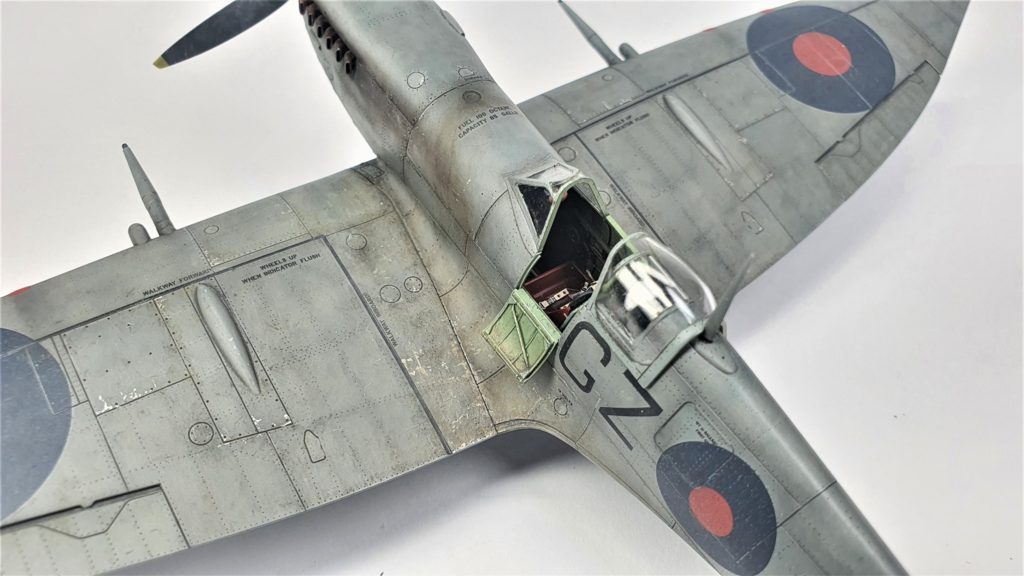
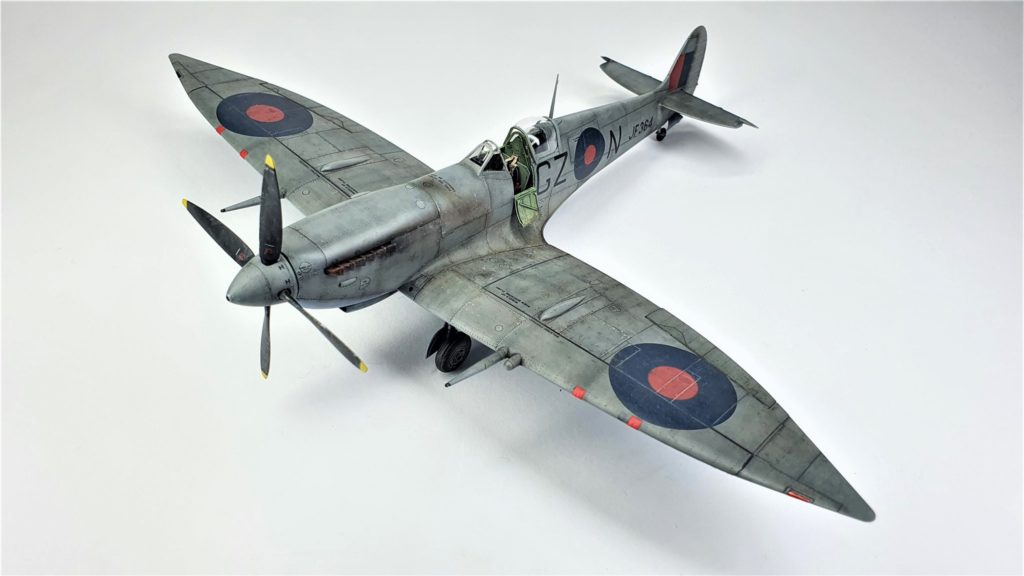
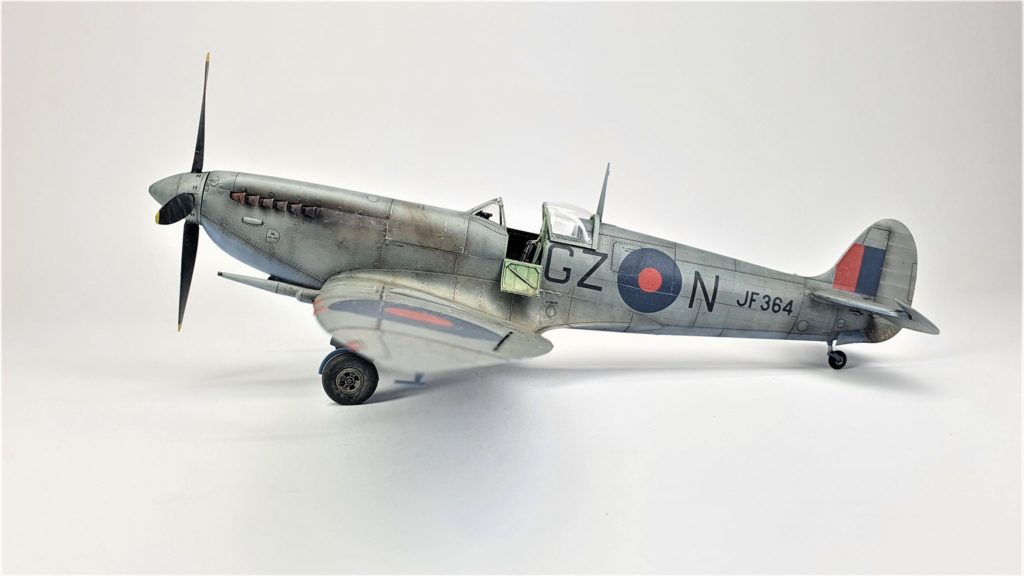
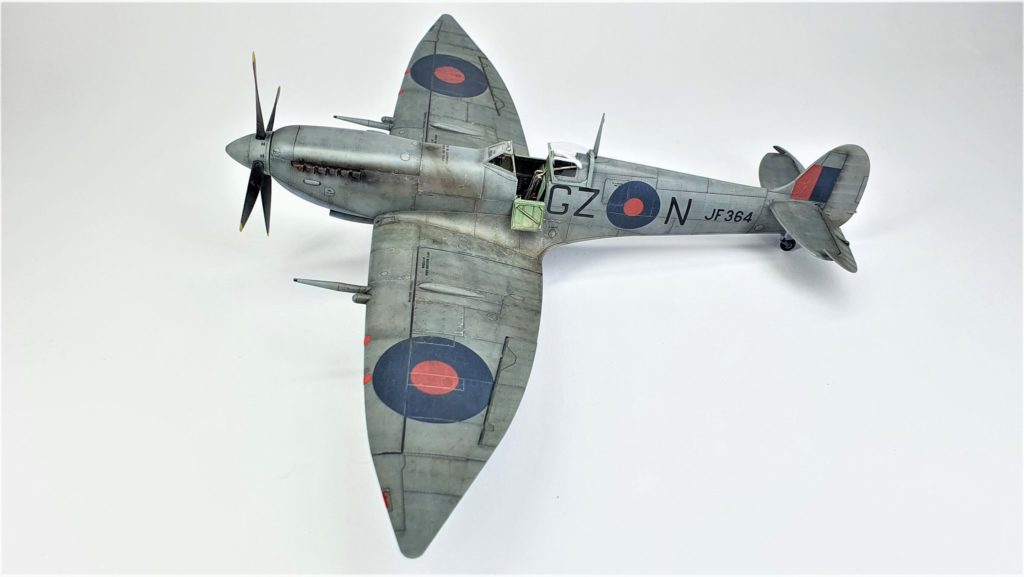
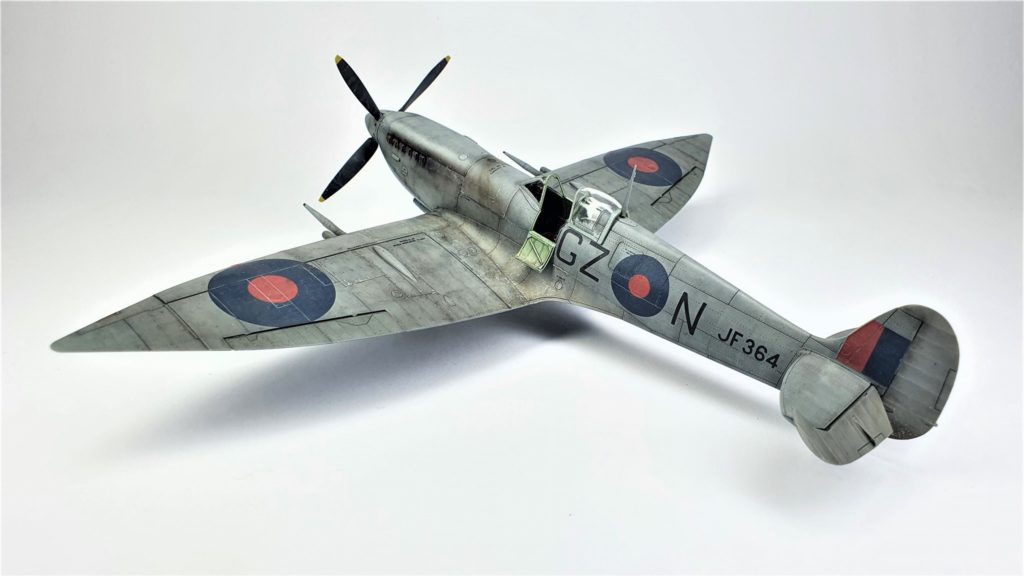
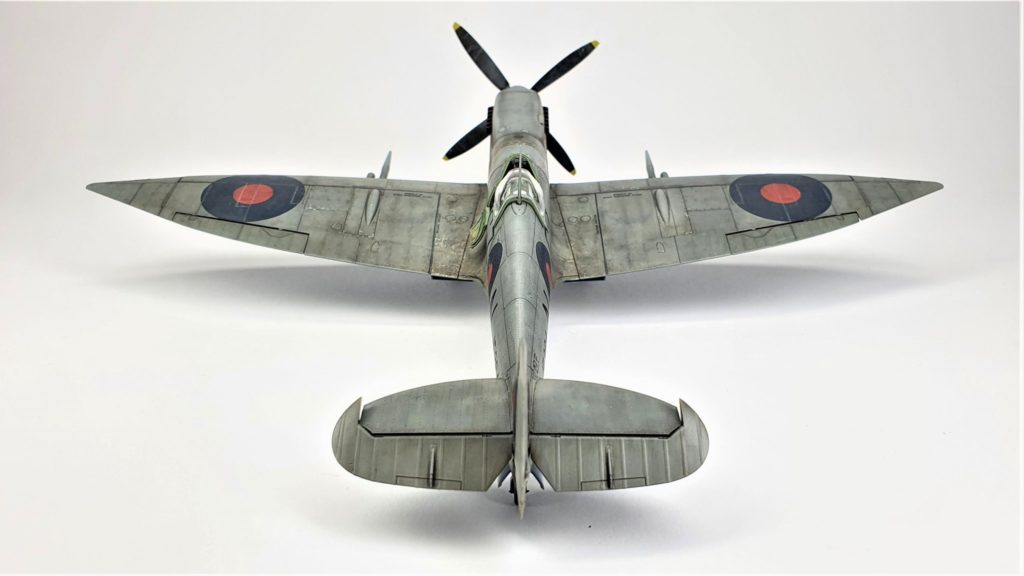
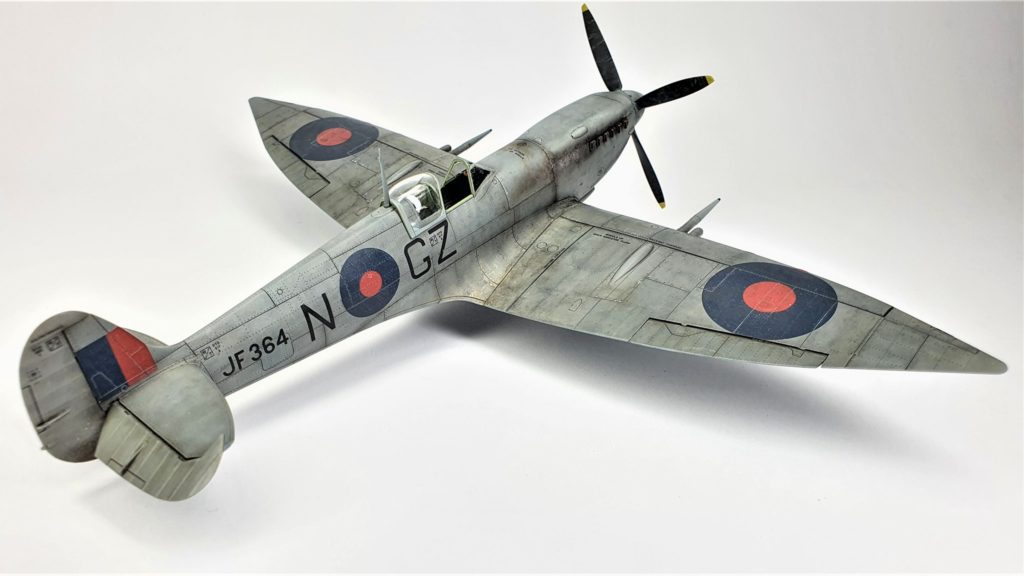
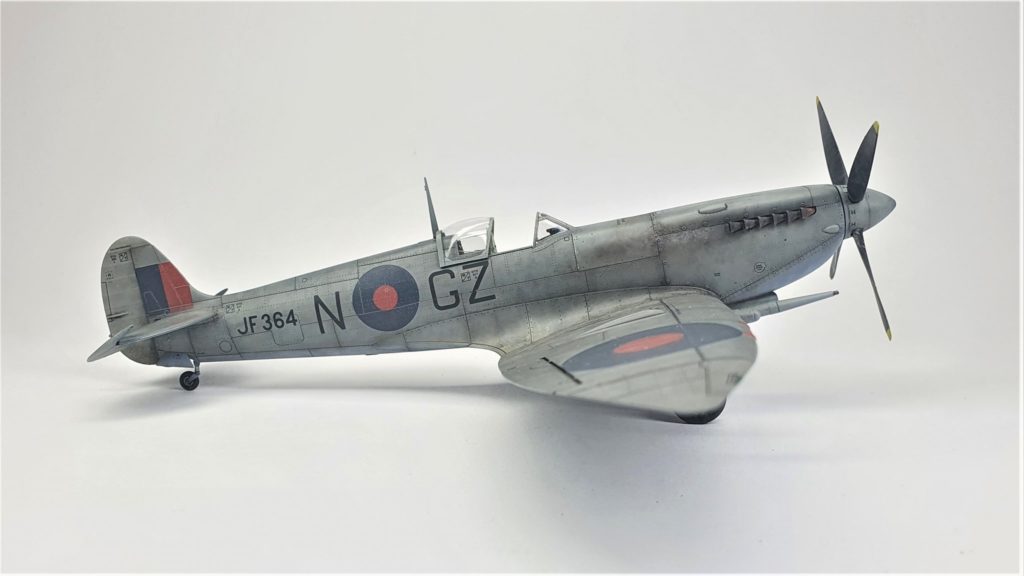
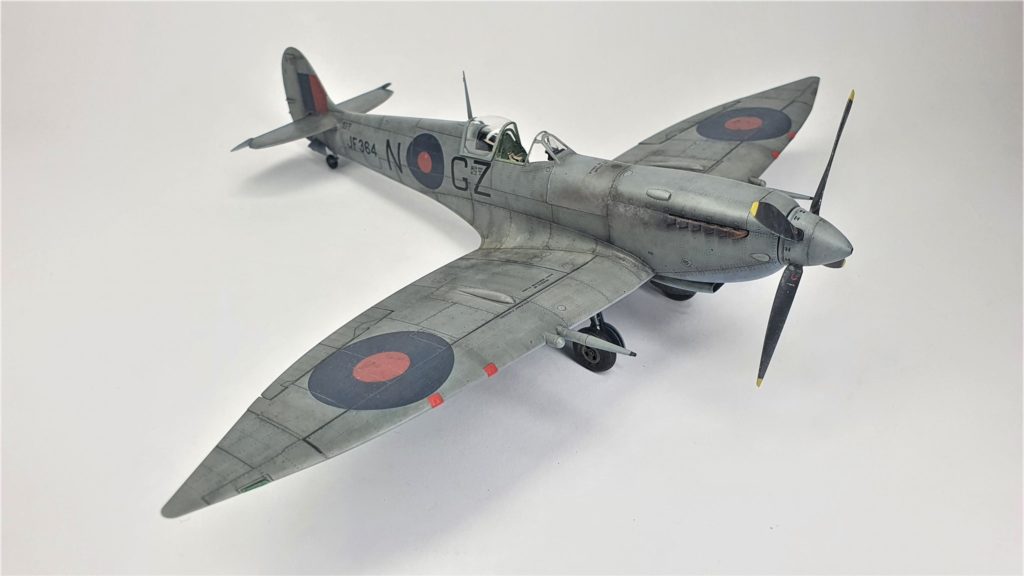
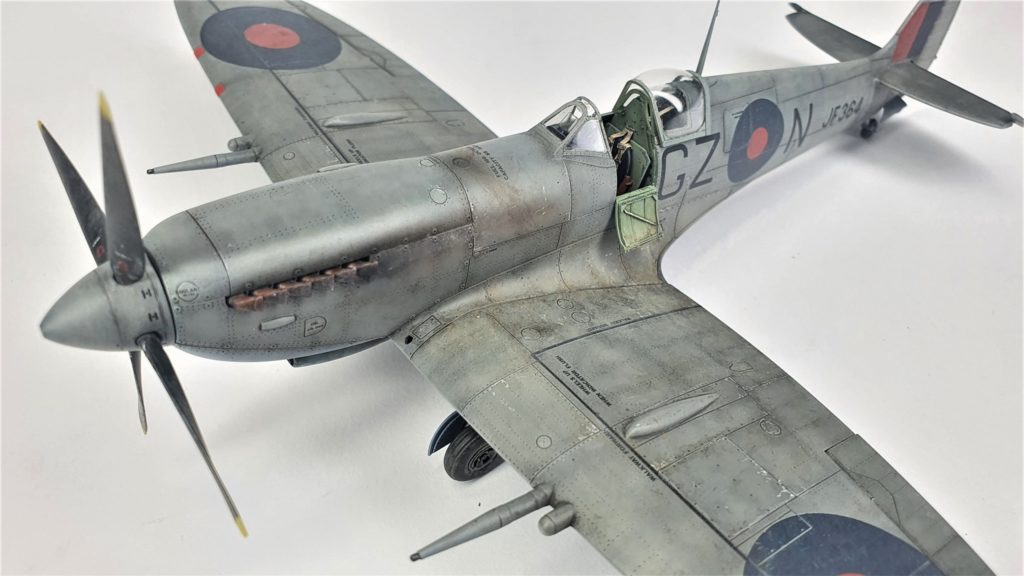
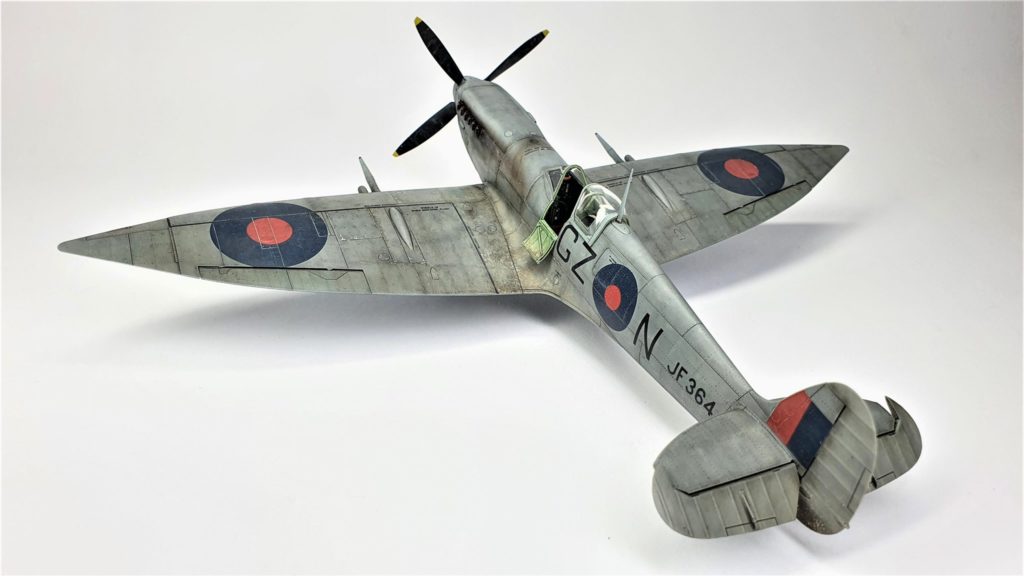
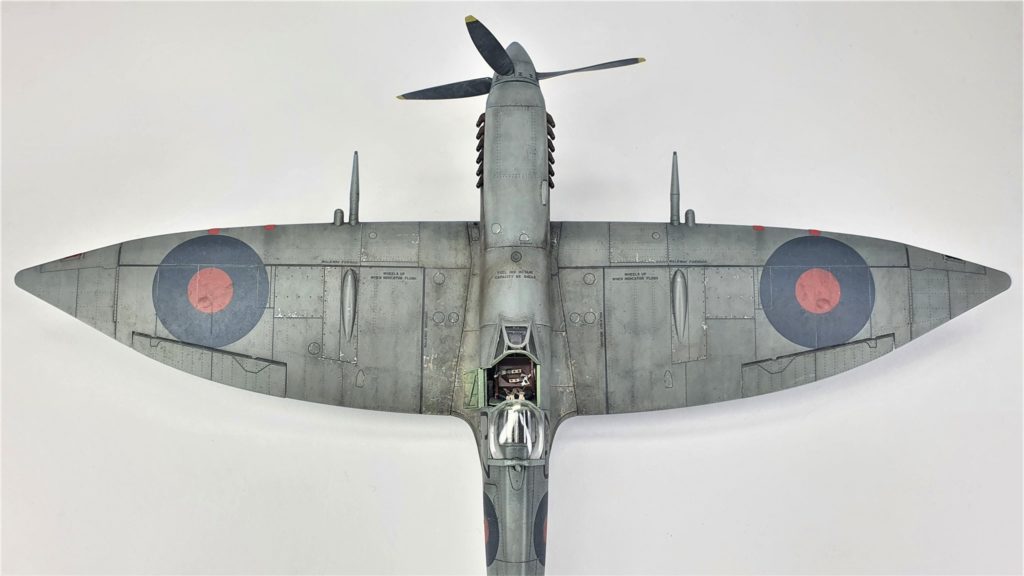
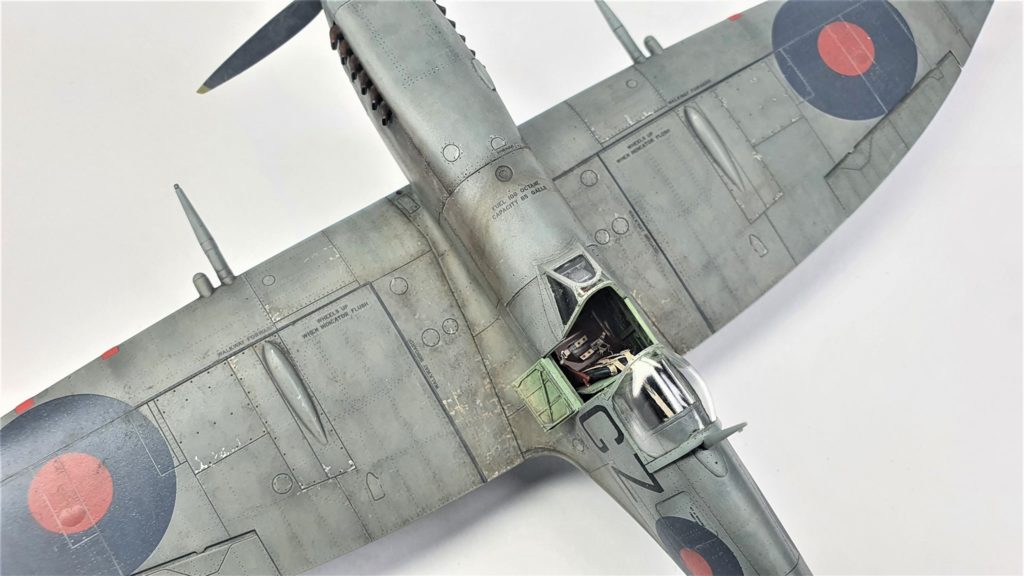
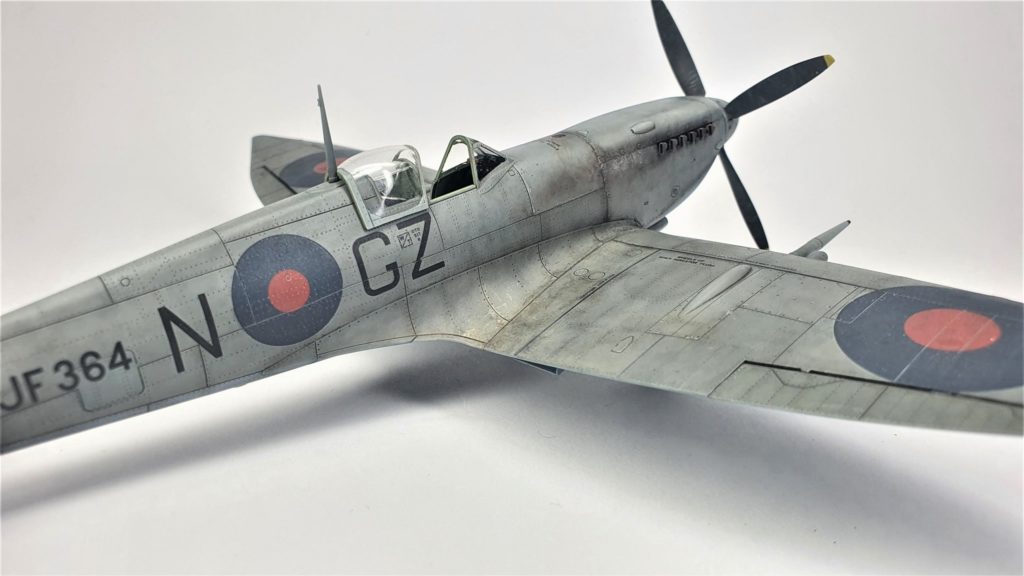
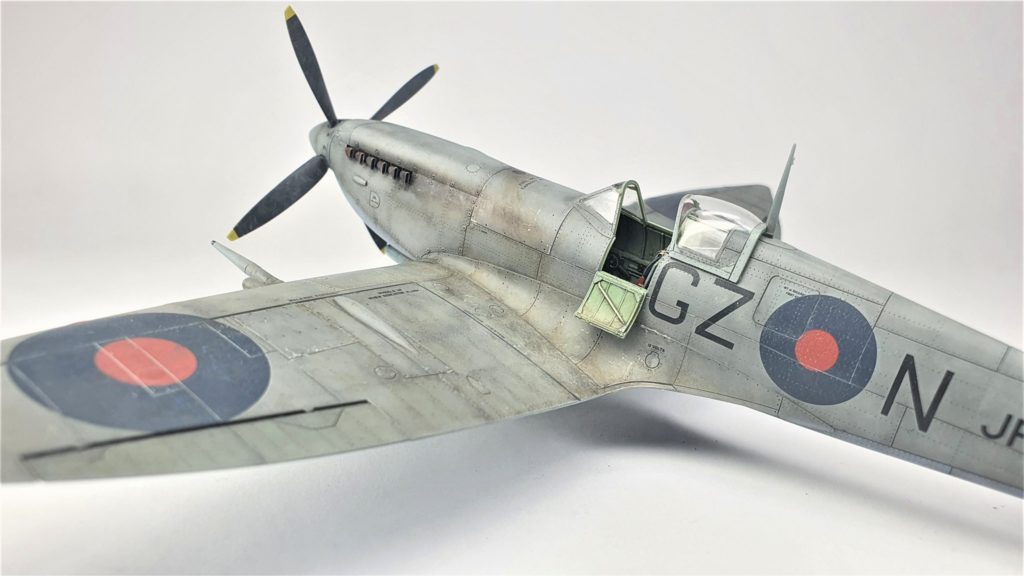
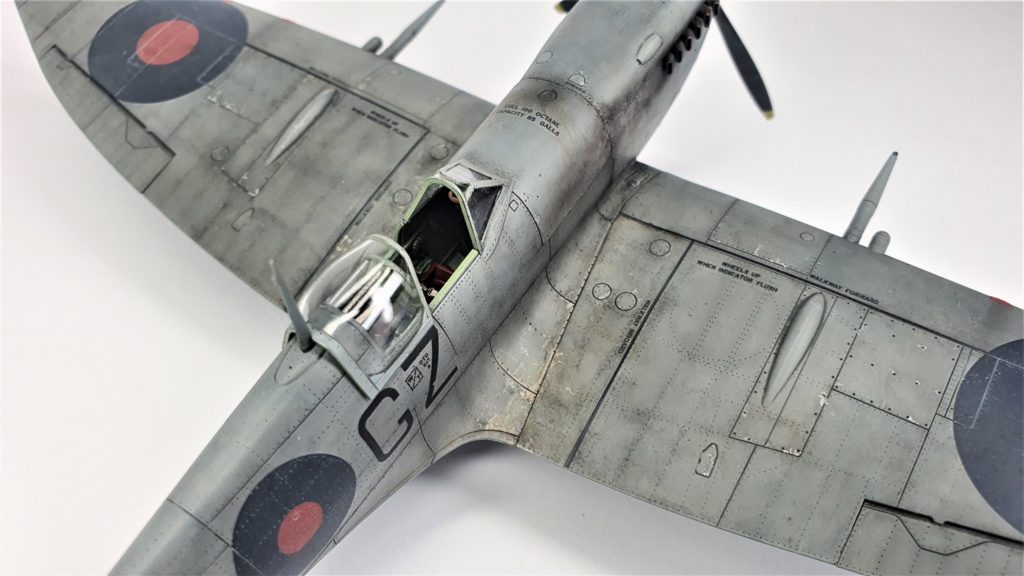
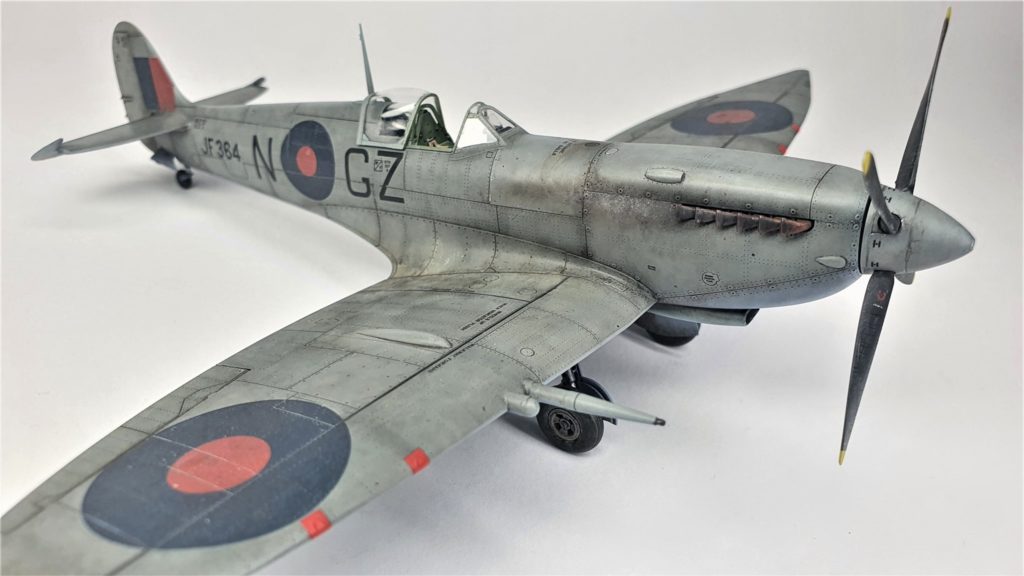
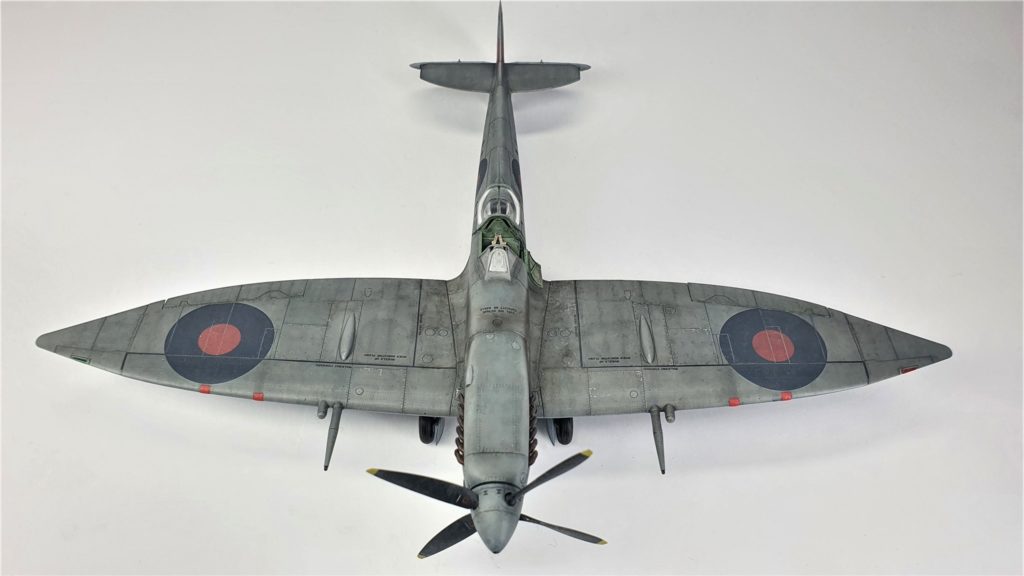
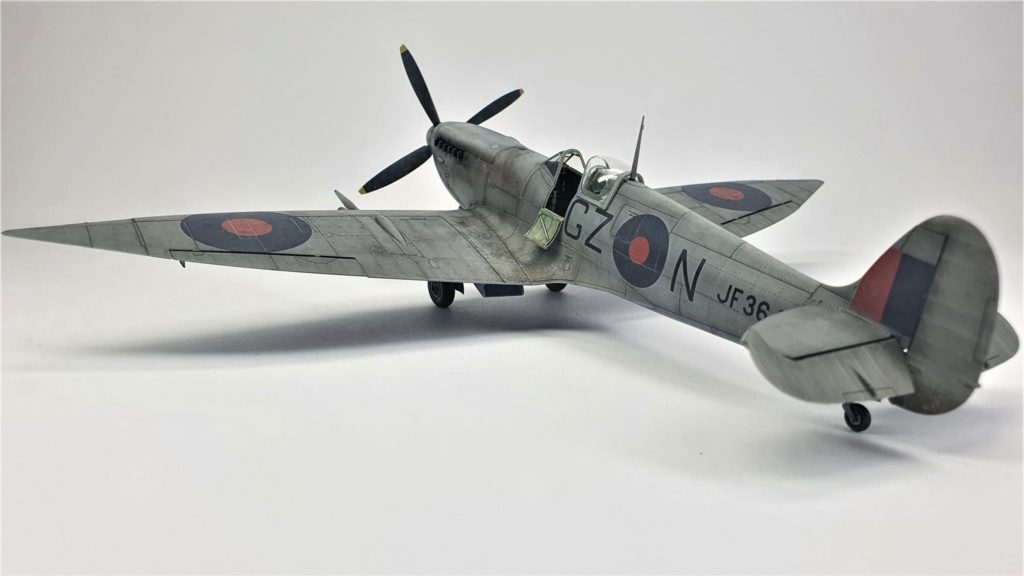
Leave a Reply